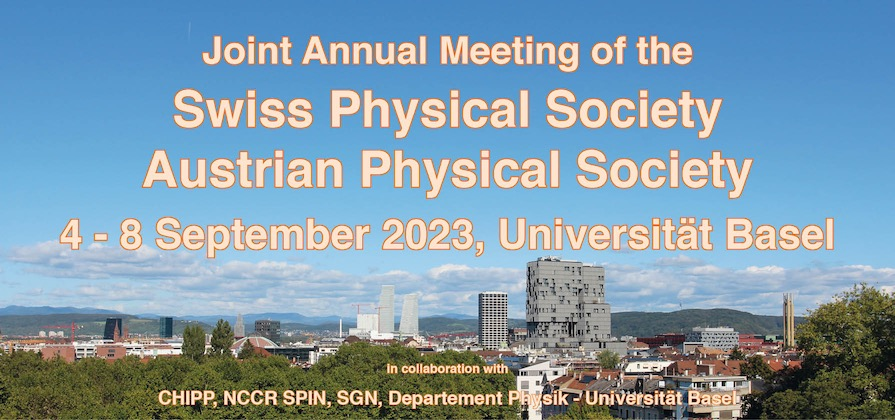Speaker
Description
Layered two-dimensional (2D) semiconductors such as the transition metal dichalcogenides molybdenum disulfide (MoS$_2$) or tungsten disulfide (WS$_2$) offer promising properties for being used as a channel in electronic devices. For example, their atomic thinness and their sizable mobilities allow to fabricate highly scaled field-effect transistors (FETs) with excellent gate control or their large surface-to-volume ratio can be used to build gas sensors with high sensitivity. Here, we present a novel surface-rubbing method which allows to obtain thin stripes of layered semiconductors on large areas at room temperature. We have characterized the physical properties of the nanostripes (thickness, width, homogeneity, conductivity) and discuss their application potential for FETs or sensor devices.
